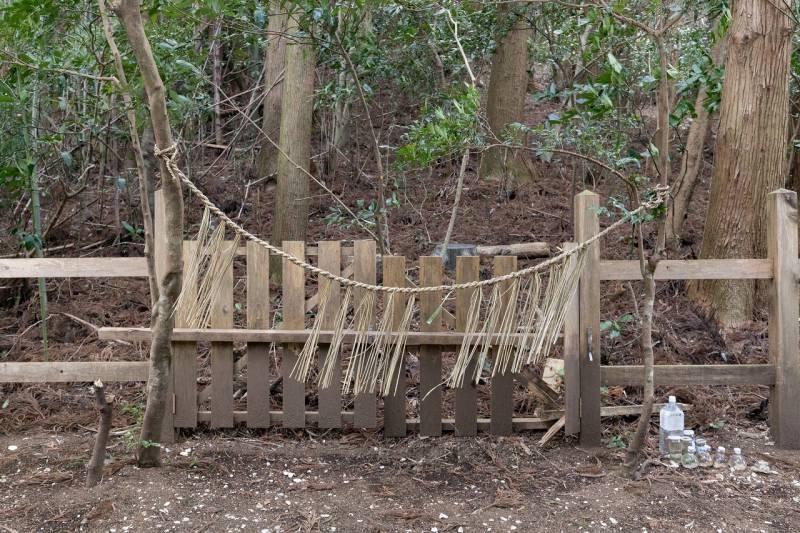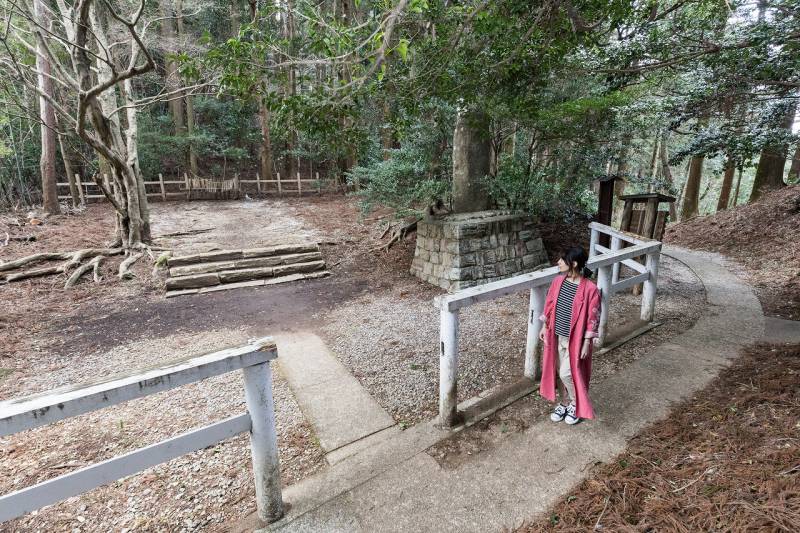2019 / 07 / 08
Sightseeing
Kushifuru Shrine
Kushifuru Shrine
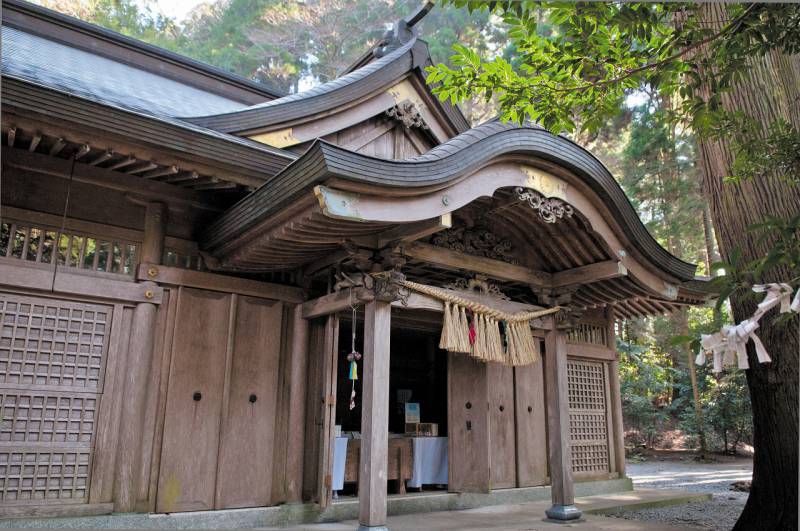
Kushifuru Shrine is dedicated to the kami deity Ninigi no Mikoto, or Ninigi, the grandson of the sun kami Amaterasu Omikami. According to Japanese mythology, Amaterasu charged Ninigi with the rule of the islands of Japan, and so he descended from the heavenly realm in a procession of kami deities. In 1694, a shrine to honor these deities was built on the mountain where they are believed to have arrived. Prior to this, the mountain itself was considered a residence of divine presence, and was thus venerated as sacred. Ninigi is a significant deity in Japanese mythology, as he is the mythical great-grandfather of the first emperor of Japan, and the mythological origins of Japan’s imperial line are traced back through him.
Nature trails around Kushifuru Shrine lead to various sacred and mythological landmarks in the surrounding area. These include “The Peak of the Four Imperial Sons (Shiojigamine),” “The Far Precinct of the Heavenly Realm (Takamagahara),” “The Takachiho Monument (Takachiho-hi),” and “The Fudoki-Man’yo Hill.”
Nature trails around Kushifuru Shrine lead to various sacred and mythological landmarks in the surrounding area. These include “The Peak of the Four Imperial Sons (Shiojigamine),” “The Far Precinct of the Heavenly Realm (Takamagahara),” “The Takachiho Monument (Takachiho-hi),” and “The Fudoki-Man’yo Hill.”
Kushifuru Peak

It is written in the Kojiki, Japan’s oldest extant chronicle and collection of myths, that the sun deity Amaterasu directed her grandson Ninigi to descend from the heavenly realm and govern the earth. He did just that in a great procession of kami deities, and arrived at Kushifuru Peak. This myth is known as Tenson Korin (translated as “The Descent from the Heavens”). A shrine to honor Ninigi was established on the Takachiho mountain referred to today as Kushifuru no Mine (Kushifuru Peak). In the Takachiho area, this mountain is believed to be the location of Ninigi’s divine arrival, and before a shrine was built, the mountain itself was considered a residence of the kami deities and therefore sacred ground.
Main Sanctuary (Honden)
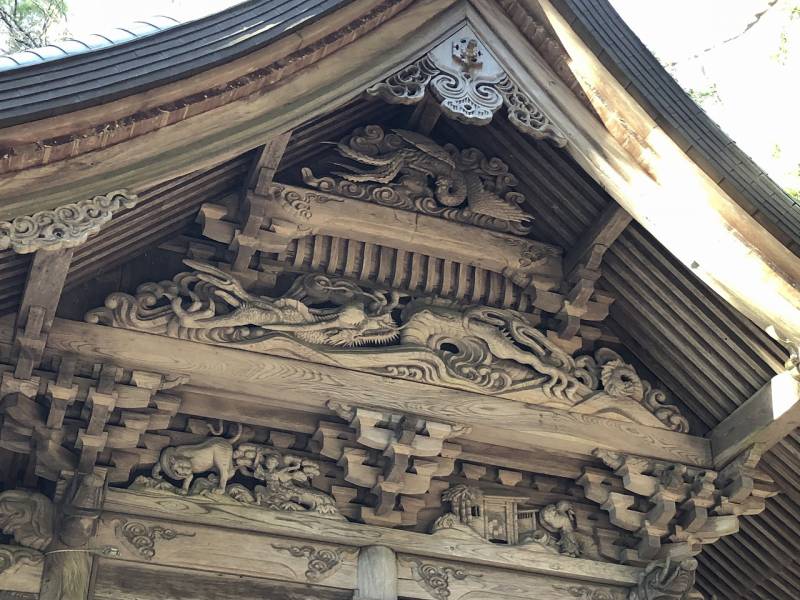
Kushifuru Shrine was built in 1694 on Kushifuru Peak, long believed to be the sacred site of the descent of certain kami deities to earth. It is dedicated to Ninigi no Mikoto, who was entrusted with the rule of Japan according to Japanese myth. Other kami are also revered here, including Takemikazuchi, the martial kami whose “contest of strength” is fabled to be the origin of Japan’s national sport, sumo.
The Main Sanctuary’s intricate wood carvings were created by artisans of the seventeenth and eighteenth centuries. The inclusion of phoenix and dragon motifs shows a strong influence from Chinese mythology.
The Main Sanctuary’s intricate wood carvings were created by artisans of the seventeenth and eighteenth centuries. The inclusion of phoenix and dragon motifs shows a strong influence from Chinese mythology.
Peak of the Four Imperial Sons (Shiojigamine)
According to Takachiho area legend, this location was the birthplace and residence of the mythological first emperor of Japan, Emperor Jimmu, and his three older siblings, Itsuse no Mikoto, Inahi no Mikoto, and Mikeiri no Mikoto. Emperor Jimmu is said to have lived here until he set out for the ancient Yamato Province (present-day Nara Prefecture) at age 45. His military efforts laid the foundations for the Japanese imperial dynasty.
In Japanese mythology, the four imperial sons were direct descendants of Ninigi no Mikoto, who descended from the heavens to bring order to Japan, and are considered kami deities themselves. They appear in mythological episodes and local legends. One well-known Takachiho legend, for example, features Mikeiri, who aided the local people by defeating the fearsome kami deity Kihachi and burying him in pieces. The site where the four brothers are said to have been born is fenced off as a sacred area.
In Japanese mythology, the four imperial sons were direct descendants of Ninigi no Mikoto, who descended from the heavens to bring order to Japan, and are considered kami deities themselves. They appear in mythological episodes and local legends. One well-known Takachiho legend, for example, features Mikeiri, who aided the local people by defeating the fearsome kami deity Kihachi and burying him in pieces. The site where the four brothers are said to have been born is fenced off as a sacred area.
Far Precinct of the Heavenly Realm (Takamagahara)
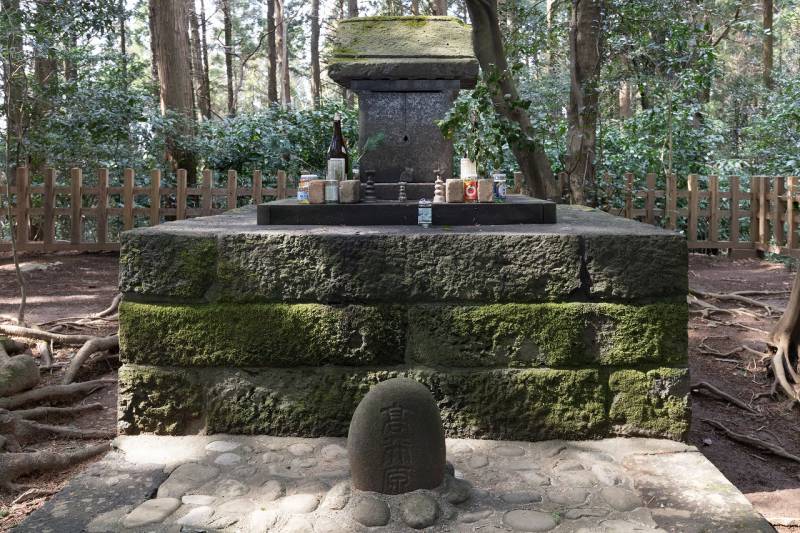
It is said that, after their descent to earth, the kami deities climbed atop this hill and prayed to the heavens from afar. This area is now considered a spiritual spot that connects heaven and earth, where visitors can honor these kami deities at the small shrine located here.


